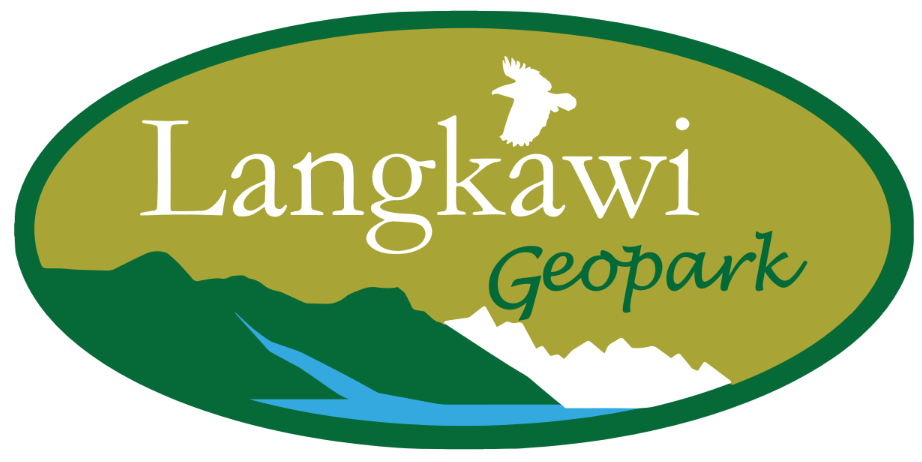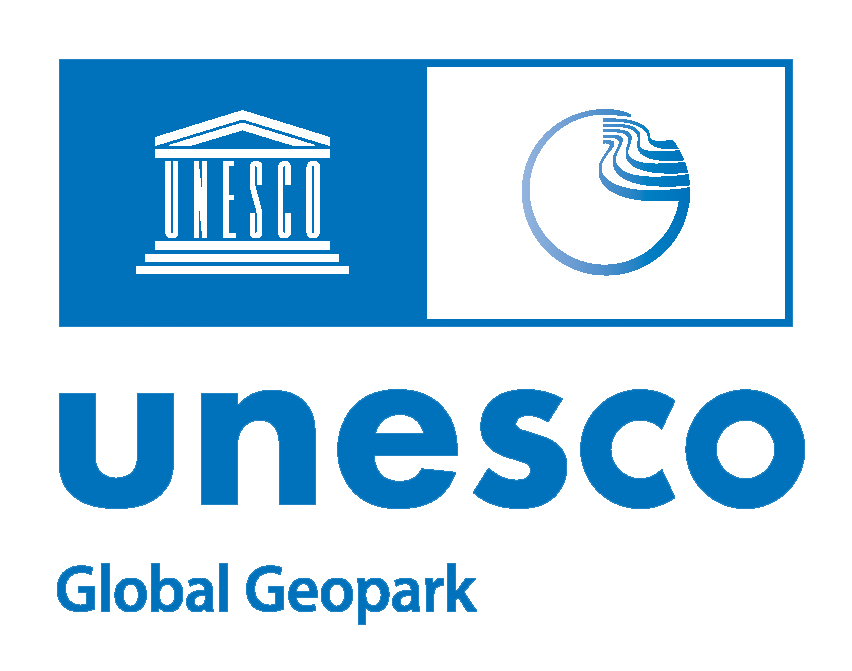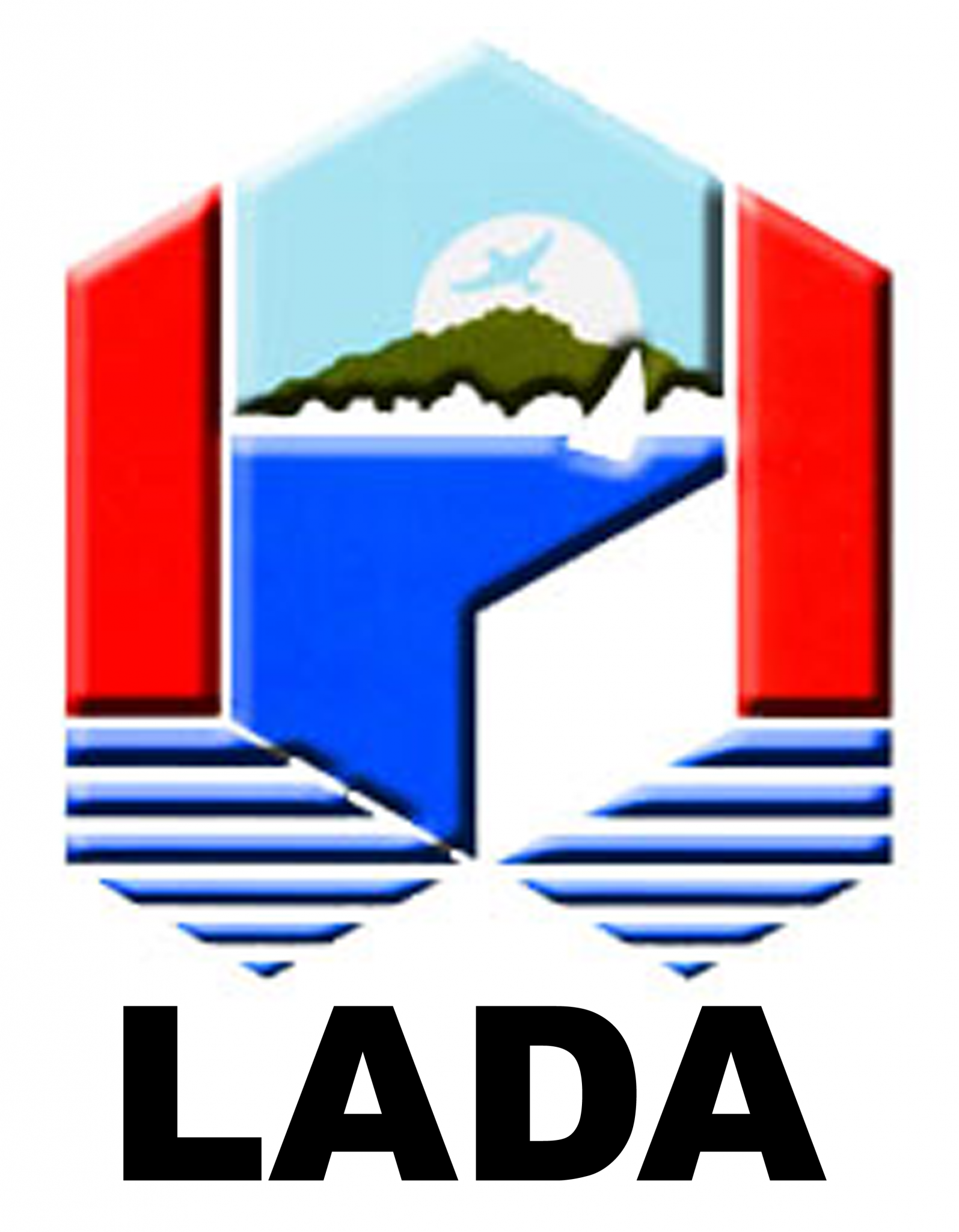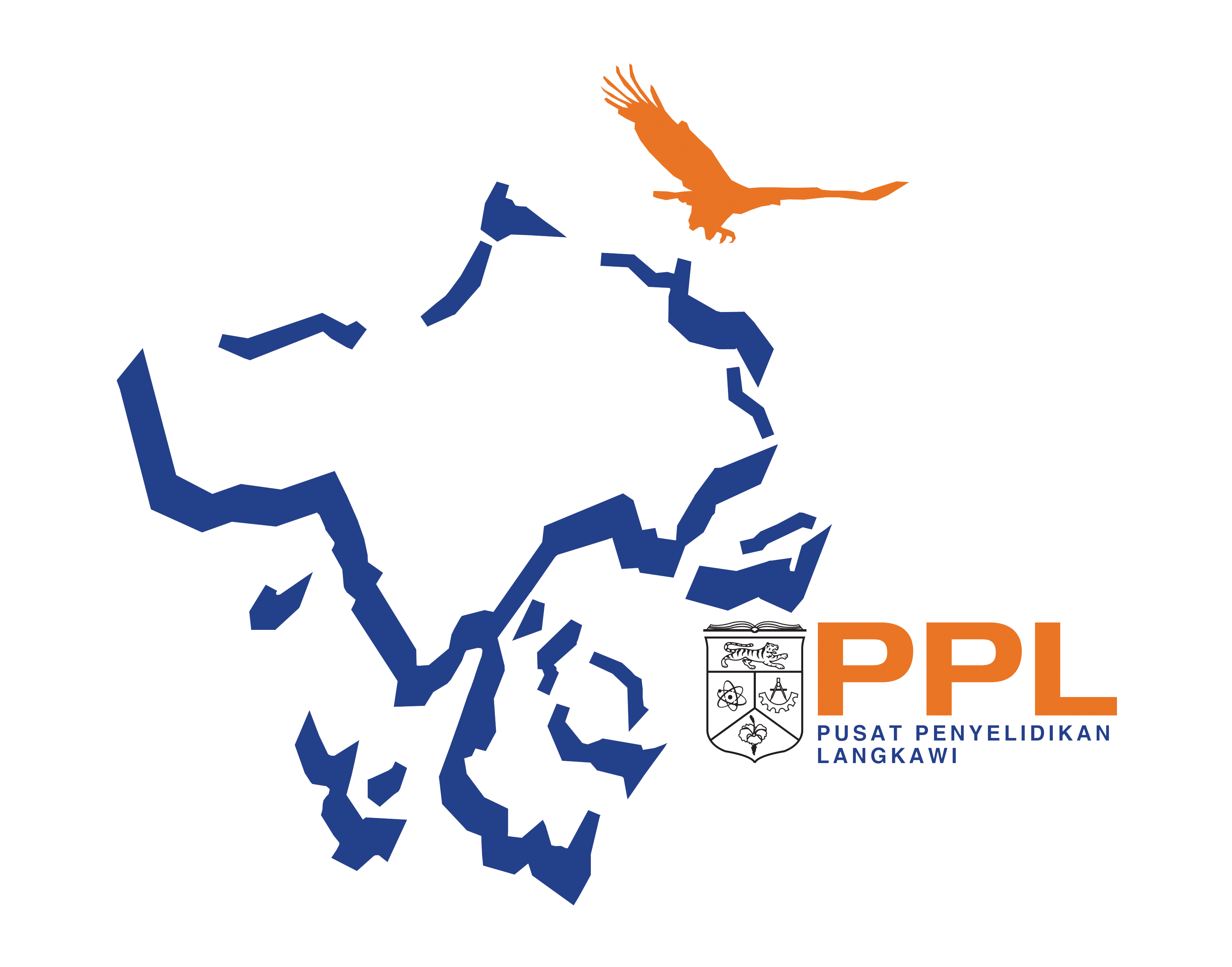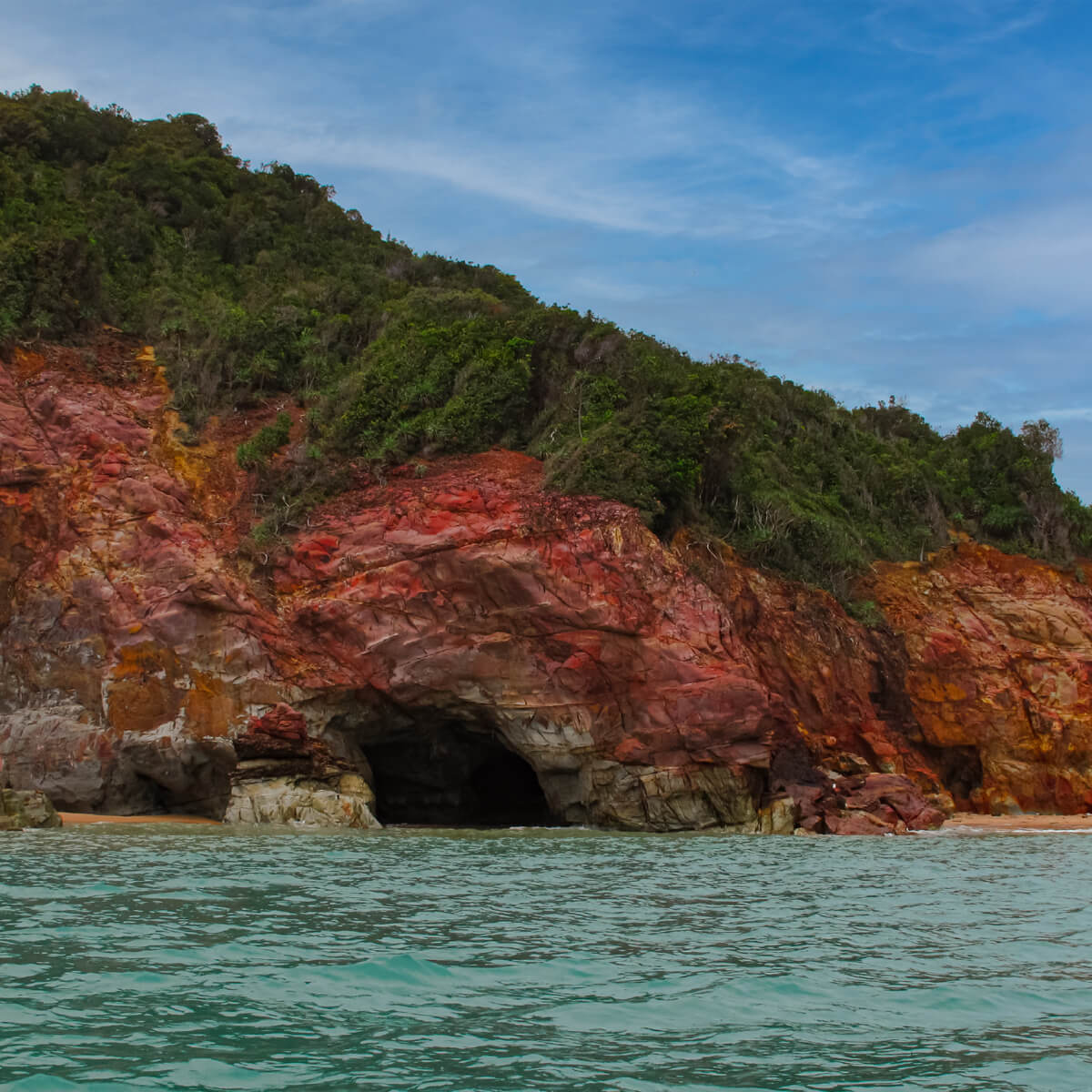
PULAU REBAK RED BED GEOSITE
Pulau Rebak Besar is a remaining island located northwest of Langkawi, facing Pantai Cenang. Here, there are two types of rocks, namely, sedimentary and metamorphic rocks. Sedimentary rocks consist of shale and red mudrocks, while metamorphic rocks, which is sandstone grains, turn into quartzite. The red layer is associated with the iron oxide mineral content of hematite. This red laver represents the lowest part of the Early Carboniferous Singa Formation (approximately 350 million years). The original sediments of this layer accumulated in the deep-sea environment at that time, together with marine bivalves, such as Posidonia malayensis, Posidonia elongata, Posidonia dilatata, Posidonia intermedia and Posidonia conspicua.
From the evolutionary aspect of Langkawi earth, this layer is significant as a marker of the beginning of the ancient sea becoming deeper and the sediment deposition process of the Singa Formation. The site is essential evidence of the geological age boundary between Devonian and Carboniferous and should be preserved as a national heritage. Clear outcrops that were formed along the rocky shores are suitable for public education and beach recreation. Today, part of the island is developed as a resort and a marina.
